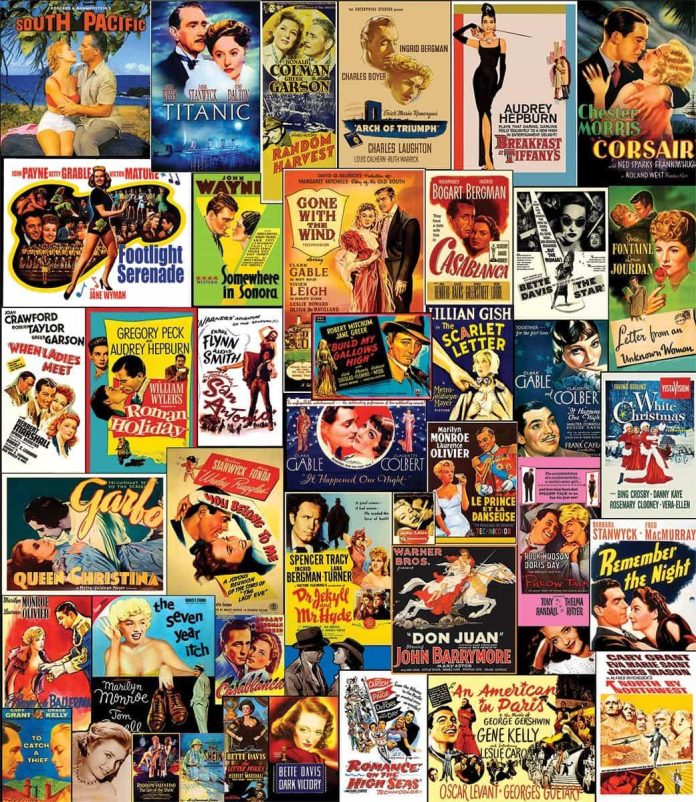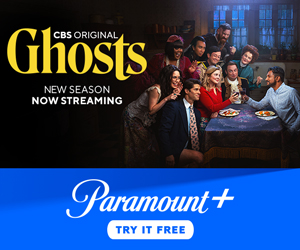In the dim glow of a projector’s light, where the flicker of film weaves magic onto the screen, lies a treasure trove of cinematic masterpieces that have shaped the very essence of storytelling. These classic films are not merely relics of a bygone era; they are the bedrock upon which modern cinema stands, echoing the artistry, innovation, and passion of filmmakers who dared to dream beyond the confines of their time. For the discerning movie buff, embarking on a journey through these timeless classics is not just an exploration of film history—it’s a rite of passage. From the haunting shadows of film noir to the vibrant hues of Technicolor musicals, these films offer a glimpse into the soul of an art form that continues to captivate audiences worldwide. Prepare to delve into a curated list of cinematic gems, each a testament to the enduring power of storytelling, and discover why these classic films are indispensable to any true connoisseur of the silver screen.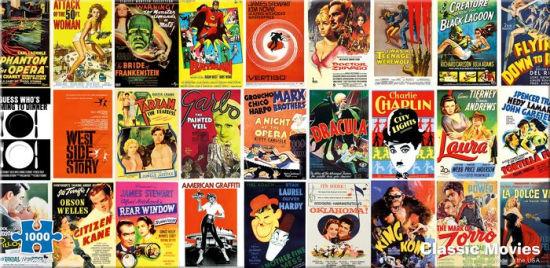
Exploring Timeless Narratives: A Dive into Storytelling Masterpieces
In the vast expanse of cinema, certain films have stood the test of time, captivating audiences with their profound narratives and groundbreaking artistry. These cinematic gems are not just films; they are experiences that have shaped the very fabric of storytelling. For any true movie enthusiast, immersing oneself in these masterpieces is not merely a suggestion—it’s an essential journey into the heart of film history.
- Citizen Kane (1941): Often hailed as the greatest film ever made, Orson Welles’ magnum opus is a masterclass in narrative structure and cinematography, exploring the complex tapestry of ambition and legacy.
- The Godfather (1972): Francis Ford Coppola’s epic saga of the Corleone family is a timeless exploration of power, loyalty, and betrayal, featuring unforgettable performances and a haunting score.
- Casablanca (1942): This romantic drama set against the backdrop of World War II is renowned for its memorable lines and the palpable chemistry between Humphrey Bogart and Ingrid Bergman.
- 12 Angry Men (1957): A riveting courtroom drama that delves deep into the themes of justice and moral responsibility, showcasing the power of dialogue and character-driven storytelling.
- Psycho (1960): Alfred Hitchcock’s suspenseful thriller redefined the horror genre with its shocking twists and innovative cinematography, leaving an indelible mark on popular culture.
Each of these films is a cornerstone in the edifice of cinematic history, offering insights not only into the era in which they were made but also into the timeless nature of storytelling itself. For those seeking to deepen their appreciation of the art of film, these classics are indispensable.
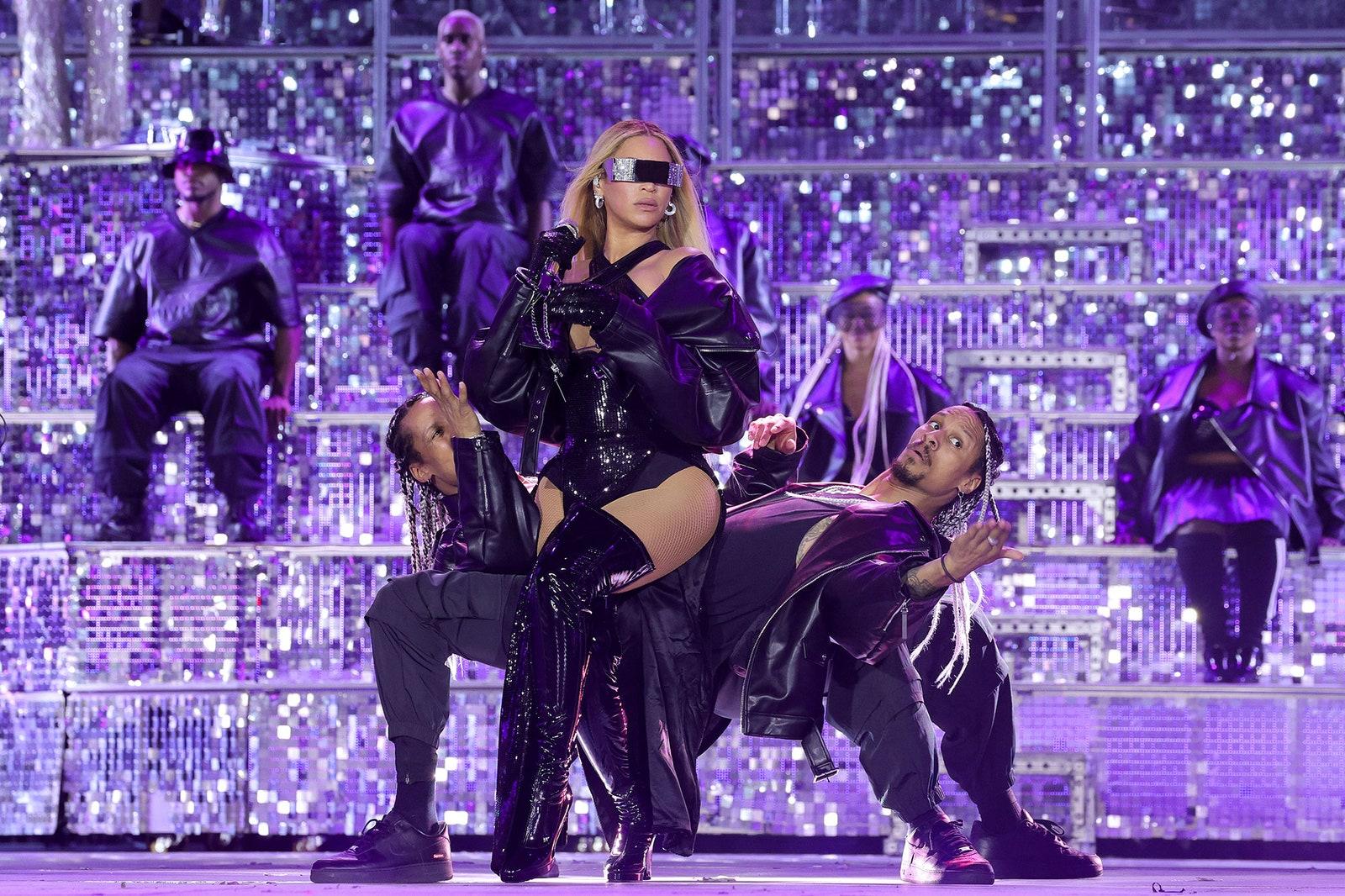
Iconic Performances: Unforgettable Roles that Defined Cinema
In the grand tapestry of cinema, certain performances stand out as the very essence of storytelling mastery. These roles have not only defined the careers of the actors who embodied them but have also left an indelible mark on audiences worldwide. Marlon Brando‘s portrayal of Vito Corleone in “The Godfather” remains a masterclass in subtlety and power, where every whisper carried the weight of a thousand words. Audrey Hepburn enchanted the world as Holly Golightly in “Breakfast at Tiffany’s,” her charisma and style becoming a benchmark for elegance in film.
- Vivien Leigh as Scarlett O’Hara in “Gone with the Wind” – A performance that brought to life a character of fierce determination and complex vulnerability.
- Anthony Hopkins as Hannibal Lecter in “The Silence of the Lambs” – His chilling performance redefined the horror genre and left audiences captivated by his eerie charm.
- Judy Garland in “The Wizard of Oz” – Her journey down the yellow brick road remains an enduring symbol of hope and imagination.
These unforgettable roles are not just a celebration of individual talent but also a testament to the timeless power of storytelling. They serve as a reminder of cinema’s ability to capture the human experience in its most profound and captivating forms.
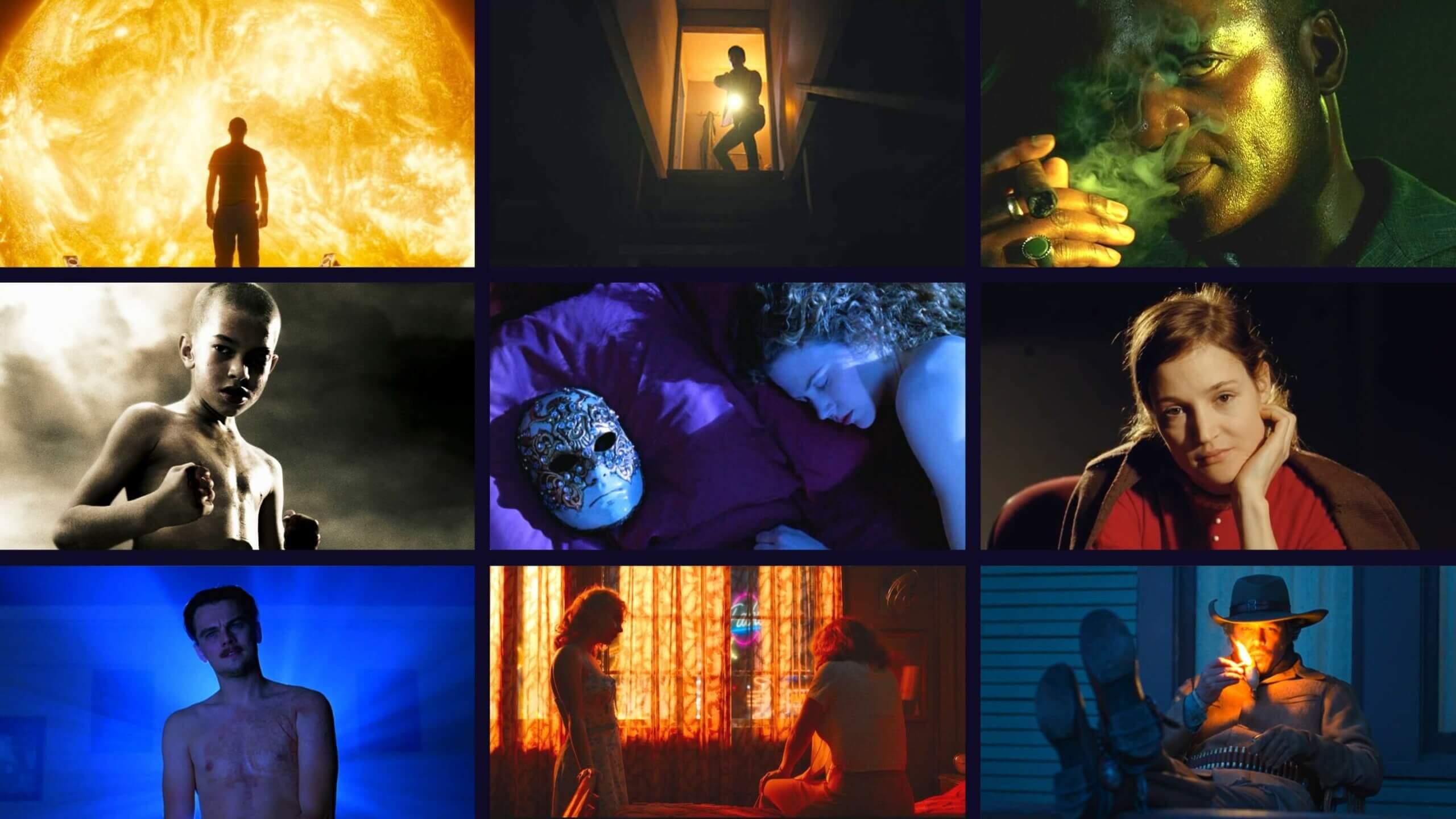
Visual Splendor: Cinematic Techniques that Revolutionized Filmmaking
In the grand tapestry of cinema, certain films stand out for their groundbreaking use of cinematic techniques that have forever changed the landscape of filmmaking. These masterpieces not only tell compelling stories but also use innovative methods to do so, leaving an indelible mark on both audiences and filmmakers alike. Here are some classic films renowned for their revolutionary techniques:
- “Citizen Kane” (1941): Often hailed as the greatest film ever made, Orson Welles’s magnum opus introduced deep focus cinematography, allowing multiple planes of action to remain in sharp focus simultaneously.
- “Psycho” (1960): Alfred Hitchcock’s thriller redefined suspense with its use of montage editing in the infamous shower scene, creating an intense psychological impact with rapid cuts.
- “2001: A Space Odyssey” (1968): Stanley Kubrick’s visionary epic used groundbreaking visual effects and meticulous attention to detail, pioneering the use of classical music in science fiction to create an atmospheric and immersive experience.
- “The Godfather” (1972): Francis Ford Coppola’s mafia saga utilized chiaroscuro lighting to evoke the moral complexities of its characters, influencing the visual style of countless crime dramas that followed.
These films are more than just stories captured on celluloid; they are lessons in the art of filmmaking, showcasing how innovative techniques can elevate a narrative, engage audiences, and inspire future generations of filmmakers.
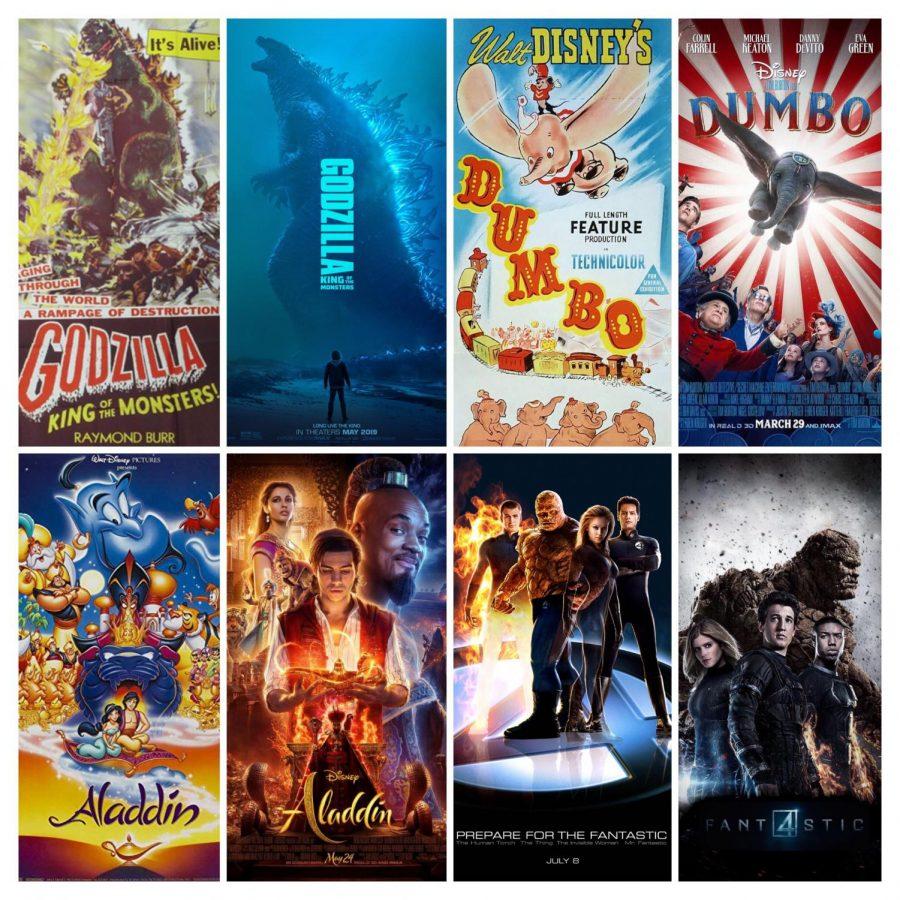
Cultural Touchstones: Films that Shaped Societal Perspectives
In the rich tapestry of cinema, certain films have transcended mere entertainment to become pivotal in shaping societal perspectives. These are the movies that have not only captured the zeitgeist of their time but have also influenced cultural conversations and attitudes. “To Kill a Mockingbird” (1962), for instance, is more than a courtroom drama; it’s a profound commentary on racial injustice, empathy, and moral integrity, sparking dialogues that continue to resonate. Similarly, “A Clockwork Orange” (1971) pushed the boundaries of storytelling and visual style while provoking discussions on free will, violence, and societal control.
Consider also “The Godfather” (1972), which redefined the gangster genre and offered a nuanced exploration of power, family, and the American Dream. These films, along with others like “Schindler’s List” and “12 Angry Men”, form a canon that not only reflects societal issues but also challenges viewers to rethink their perspectives. Here are a few films that have left an indelible mark on culture and continue to influence generations of filmmakers and audiences:
- “Psycho” – Revolutionized horror and psychological thrillers.
- “Do the Right Thing” – A powerful narrative on race relations and community.
- “Blade Runner” – Explored themes of identity and humanity in a dystopian future.

